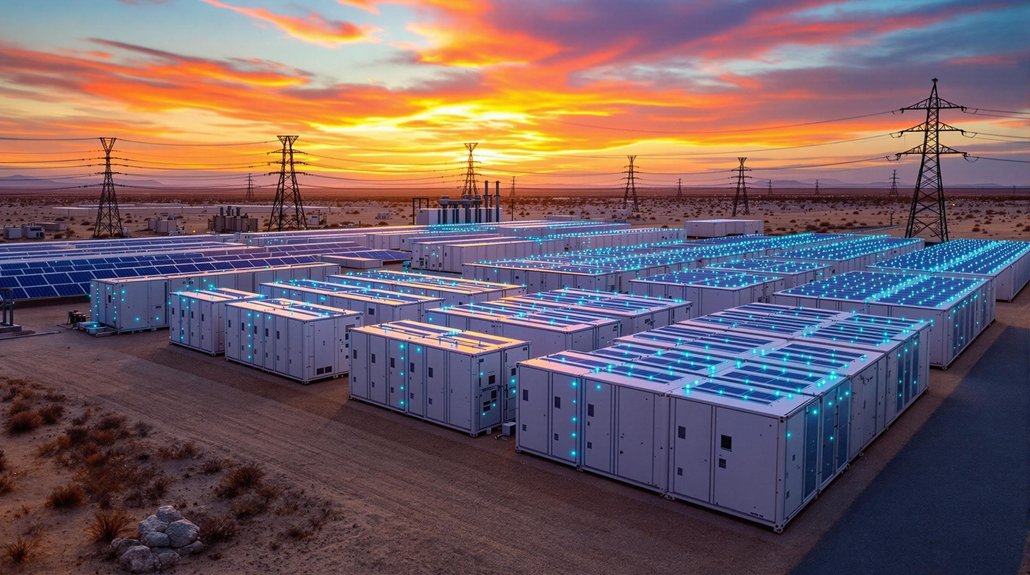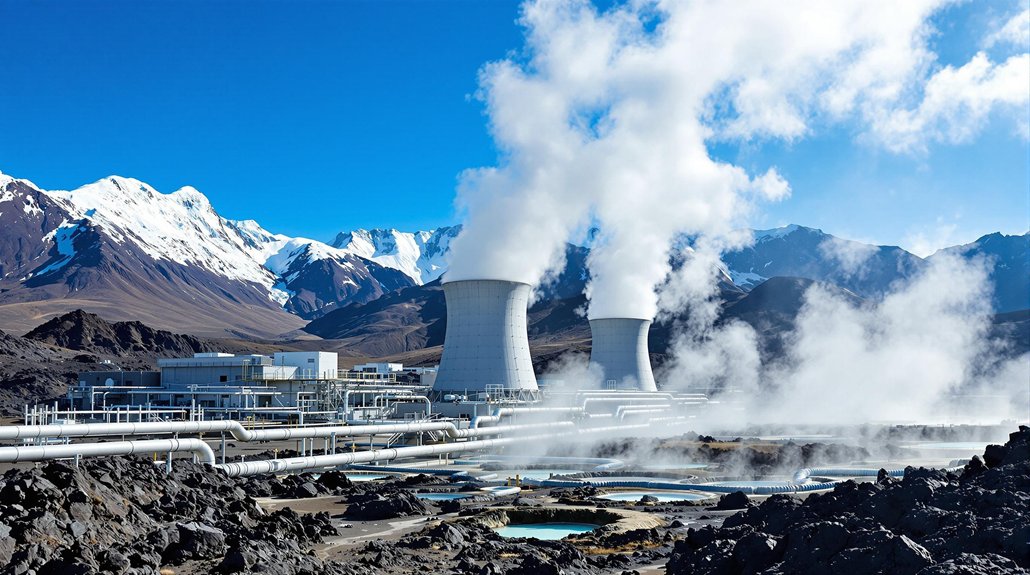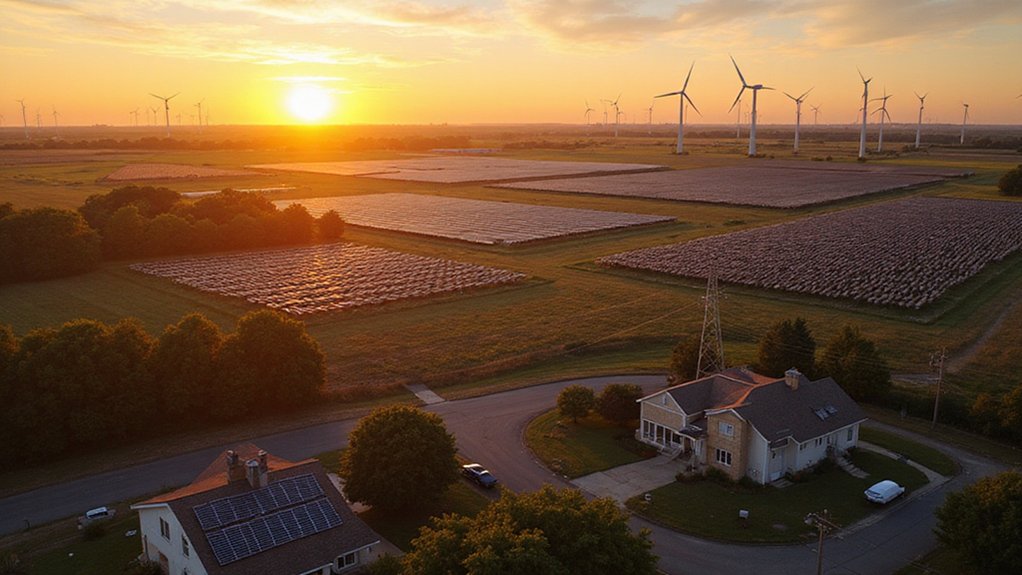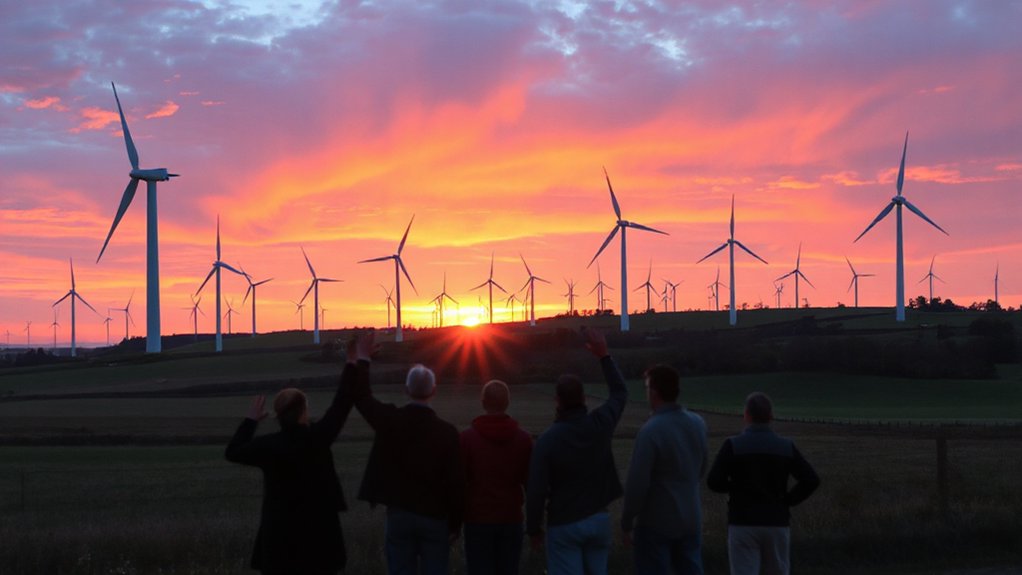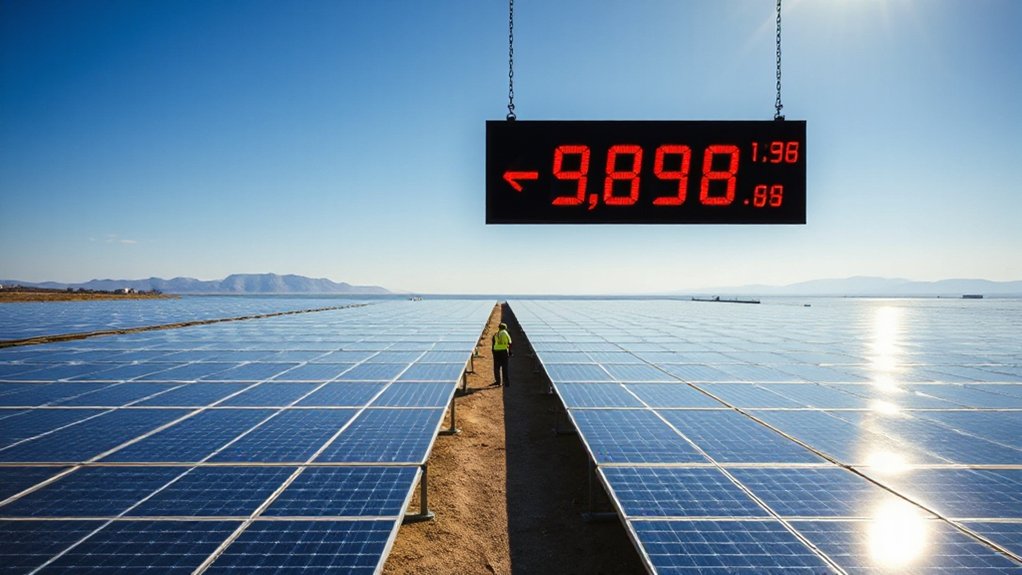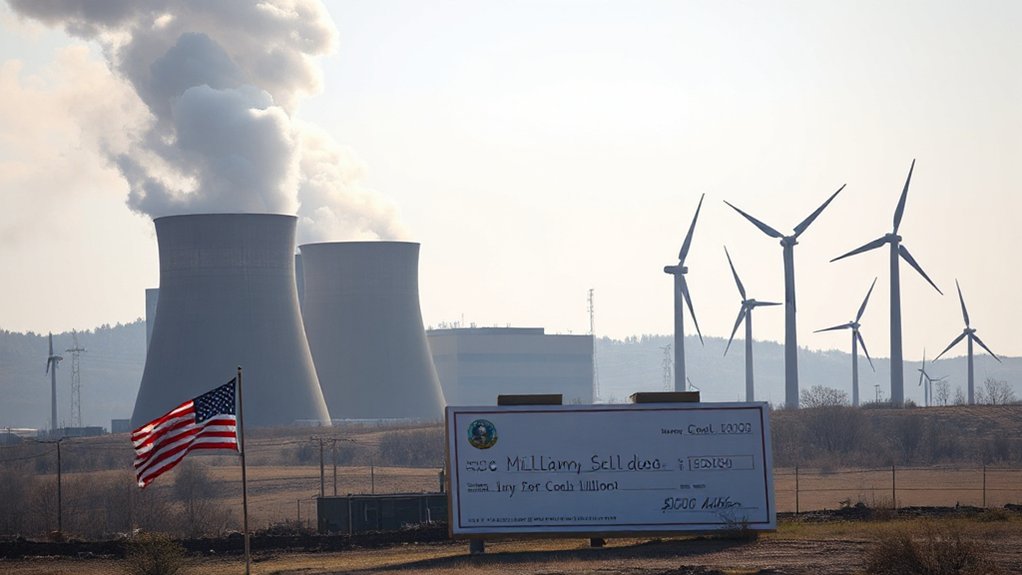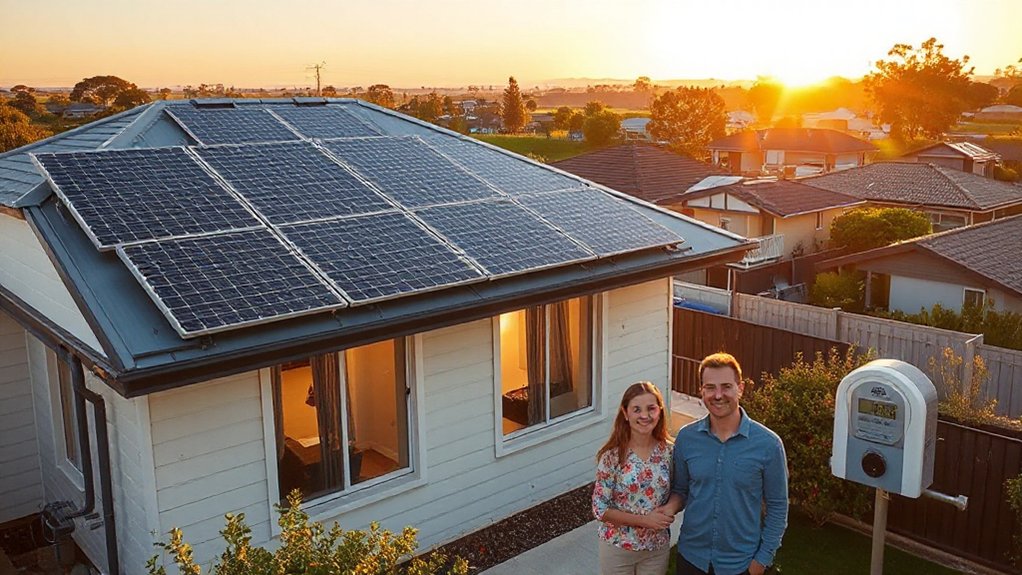Battery storage power stations are basically massive smartphone batteries for the entire power grid – and they’re changing everything. These systems store excess electricity and release it when needed, making renewable energy actually reliable (finally). They respond in milliseconds to prevent blackouts, smooth out power fluctuations, and help utilities kick their dirty peaker plant habit. With costs down 87% since 2010, these giant batteries are becoming the new normal. The future of green energy just got a whole lot more interesting.

While traditional power plants struggle to keep up with modern energy demands, battery storage power stations have emerged as the grid’s new superheroes. These massive systems, primarily using lithium-ion batteries, can store excess electricity and release it when needed – like a giant smartphone battery for the entire power grid. With capacities ranging from several to hundreds of megawatt-hours, they’re not exactly your grandfather’s AA batteries.
Battery storage systems are revolutionizing power grids, acting as massive rechargeable batteries that can power entire communities when needed.
The impact on our electrical grid has been nothing short of revolutionary. These storage stations excel at tasks that would make conventional power plants break a sweat: frequency regulation, voltage support, and peak shaving. They’re particularly good at playing nice with renewable energy sources, smoothing out those pesky intermittent periods when the sun doesn’t shine or the wind doesn’t blow. And when the grid goes down? They’ve got our backs. With response times as quick as 10 milliseconds, these systems can prevent regional blackouts by dampening fast power oscillations. These innovative solutions offer uninterrupted power supply to ensure critical systems remain operational during outages.
Here’s the kicker: costs have plummeted 87% since 2010, making these systems increasingly competitive with traditional power solutions. Global deployment hit 17 GW in 2020, and it’s still climbing. Flow batteries are also emerging as a promising alternative for grid-scale storage applications. Utility companies are falling over themselves to install these systems, and who can blame them? They’re like Swiss Army knives for the grid – versatile, reliable, and increasingly essential.
Of course, it’s not all sunshine and rainbows. Battery manufacturing has its environmental impacts, from material mining to end-of-life disposal. But compared to the alternatives? It’s a no-brainer. These systems are helping phase out dirty peaker plants and enabling greater integration of renewable energy sources.
The regulatory landscape is finally catching up too. FERC Order 841 opened wholesale markets to storage, and states are implementing their own targets and incentives. Meanwhile, technology keeps advancing: better battery chemistries, smarter control systems, and artificial intelligence integration.
It’s like watching the future of energy unfold in real-time. Battery storage power stations aren’t just changing the game – they’re rewriting the rules entirely.
